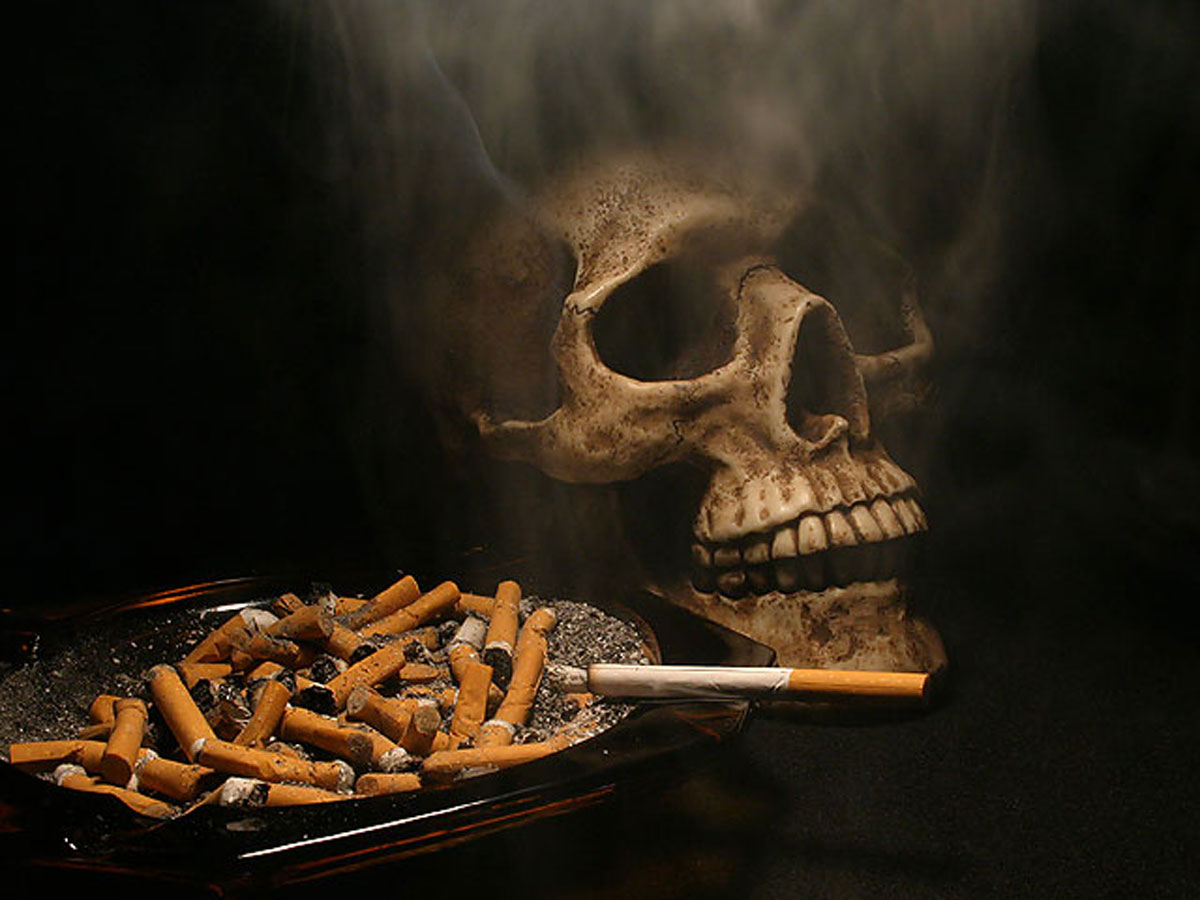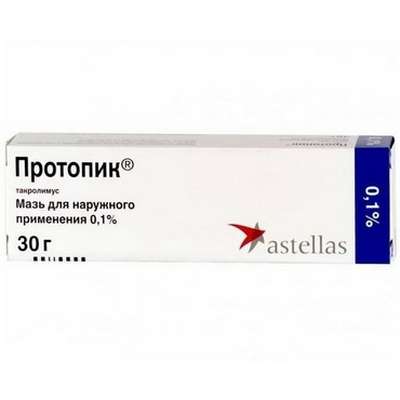Smoking is a narcotic addiction
08 Sep 2018
At present, there is no longer any doubt that tar of tobacco smoke provokes cancer, especially lung cancer. It is also known that tobacco tar is not the only life-threatening substance inhaled in the process of smoking.
Until recently, in tobacco smoke, there were 500, then 1000 components. According to modern data, the number of these components is 4720, including the most poisonous - about 200.

These thousands of chemicals are presented in tobacco smoke in the form of particles (tar, nicotine, benzpyrene, etc.) and gases (carbon monoxide, ammonium, dimethylnitrosoamine, formaldehyde, hydrogen cyanide, acrolein, etc.). Most of these substances have pronounced irritant properties, and about 60 are known or suspected carcinogens.
If the habit of tobacco, and especially the chemical dependence on it, arises from the influence of nicotine on the brain, the cause of most serious illnesses (often fatal) are tobacco tar, paralyzing purification processes in the lungs, reducing immunity, causing cancer and other diseases lungs.
Nicotine is one of the strongest poisons of plant origin. Birds perish if they bring a glass rod moistened with nicotine to their beaks; the rabbit dies from 1/4 drop, the dog - from 4. For the person a fatal dose - 2 - 3 drops; it's about 20 to 25 cigarettes. The smoker does not die because this dose of nicotine is introduced gradually (within 24 hours), but not in one step, and also as a result of partial neutralization of the poison with formaldehyde of tobacco tar.
It should be noted that smoking exists in two completely different clinical varieties: in the form of a habit of smoking and in the form of tobacco dependence. In the second variant (let's call it "thirst"), the smoker has a pathological, painful attraction to tobacco, and in the first one it does not form. Due to the fact that the outward signs of addiction to tobacco among all smokers are the same (regularity of smoking, a gradual increase in the number of cigarettes smoked per day, attracted to the smell of tobacco smoke), the difference between the two types of smokers can be established only when they try to quit smoking. Those who smoke only by force of habit, can become non-smoking completely painless, without any medical assistance and eventually forget that they were fooling. And those who have developed a tobacco dependence, at all desire can not quit smoking forever, even if the first days without tobacco they pass relatively safely. Sometimes, after a long break (several months and even years), they relapse. This means that smoking left a deep imprint in the mechanisms of memory, thinking, mood and metabolic processes of the body.
According to available data, 100 regularly smoking only seven smoke resulting habits remaining 93 patients - they become carriers of tobacco dependence, for which (as for any other type of addiction) characterized by craving to smoke, and on the thinking level, mental level processes.
It should be noted that severe somatic, bodily disorders affect equally both those who smoke by habit, and nicotine-dependent. These diseases do not appear immediately, they are as if deployed in time, and this often prevents the relationship between disease and smoking.
What is nicotine - the culprit of the formation of tobacco dependence?
Alkaloid nicotine (C10H14O2) in chemically pure form is a clear colorless oily liquid with a pungent taste and boiling point 246 ° C (730.5 mm Hg. V.), Well soluble in water, alcohol and other solvents. In the air it easily resists. Contained in tobacco (up to 2%) and some other plants.
Nicotine - an extremely strong poison, not inferior to the toxicity of hydrocyanic acid. In small doses, it acts excitantly on the nervous system, in large doses it causes paralysis: stopping breathing, stopping the work of the heart. Multiple absorption of nicotine with frequent smoking forms nicotinism - chronic poisoning, as a result of which memory and working capacity decrease, there is a constant cough with phlegm. One of the devastating effects of nicotine poisoning is also such signs: trembling of the hands, uncertain walk, the person throws something in the heat, then in the cold, the heart while it will happen as a hammer, then freezes.
Nicotine is the main component of tobacco smoke causing destructive changes in the spinal cord, inflammation of the lumbosacral plexus. Due to its effect on the adrenal glands, after each cigarette smoked, the number of circulating corticosteroids, as well as epinephrine and norepinephrine, involved in the regulation of the most important physiological functions of the body, significantly increases in comparison with the norm. Adrenaline, in particular, narrows the blood vessels, resulting in increased blood pressure. Nicotine increases the minute stroke volume of the heart and the rate of contraction of the myocardium. Attacks like coronary vessels of an inveterate smoker, as a rule, are narrowed and do not deliver myocardium with the necessary portions of oxygen, oxygen starvation of the heart muscle (coronary heart disease) occurs. The situation is further aggravated by the fact that less oxygen is supplied to other organs and tissues. After all, a part of hemoglobin, instead of transferring oxygen to them, attaches the carbon monoxide contained in the smoke of the cigarette.
The main metabolite of nicotine is cotinine, which, by its toxic properties, is close to its predecessor. In the blood serum of a person who smokes 10 cigarettes a day, 137.7 μg / l of cotinine is found; when smoking 20 cigarettes, its amount increases to 302 μg / l.
To learn about other, no less insidious components of tobacco smoke, consider them in order.
So, the cigarette was lit and the smoker began to breathe the smoke of burning tobacco. And its pollution and 384 thousand times exceeds the maximum permissible concentration (MPC) of the substances contained in it. Inhalation of tobacco smoke is more than 4 times more harmful than breathing the exhaust gases of a car directly from the exhaust pipe. In a perfectly clean atmosphere, the human body at the moment of smoking is exposed to the same toxic effects as if it were in case of air pollution at 1100 MAC (hygienic norms should not exceed 1 MAC). Such air pollution in industrial centers does not occur. In other words, for smokers, environmental problems practically do not exist. For them, the costs of cleaning up industrial gases are a waste of money, because they "have enough" of those poisons that they inhale with smoke; exhale, they are not more than 10% of the components of smoke absorbed during the inhaling, the rest remain in the body!
But let's go along the path of destructive following of tobacco smoke in the body. The mouth and nasopharynx are the first to contact him. Tobacco smoldering in a cigarette has a temperature of about 300 ° C. At the smoke which has passed through a layer of tobacco packing and got to the mouth, the temperature drops to 50 - 60 ° Ñ. To smoke through the nasopharynx into the lungs, the smoker, opening his mouth, inhales fresh air, the temperature of which is 35-40 ° C below the temperature of the smoke there. Only due to a multiple temperature drop on the tooth enamel cracks are formed - the "entrance gate" for infection. Hot smoke, in addition, contributes to the expansion of capillary vessels of the mucous cheeks, palate, gums and causes its chronic irritation, which can lead to an inflammatory process, and then to the development of leukoplakia, a precursor of cancer. The salivary glands of the oral cavity react to tobacco smoke. This leads to increased salivation, which the smoker has to either spit or swallow along with the poisonous components dissolved in it - aniline, hydrogen sulphide, ammonia, carcinogens. Getting on the mucous membrane of the stomach, these toxic compounds cause pain in the stomach, loss of appetite, alternating constipation and diarrhea, the development of gastritis. They can cause ulcers of the stomach and duodenum, stomach cancer.
No less harmful is the effect of tobacco smoke from the oral cavity through the vocal cords to the mucous membranes of the larynx, trachea, bronchi and alveoli. Dissolving in the moisture of mucous membranes, ammonia of tobacco smoke turns into ammonia, which causes increased secretion of mucus, which is why smokers suffer from chronic bronchitis.
The tar of tobacco smoke settles on the walls of the airways, accumulates in the pulmonary alveoli and also stands out when coughing in the form of gray sputum. The lungs are dirty brown. Their resistance to various infectious diseases, in particular tuberculosis, is declining. According to J. Petit and other French scientists, out of 100 cases of pulmonary tuberculosis, which began in adulthood, 25 account for smokers. The vital capacity of their lungs is 300-400 ml less than that of non-smokers. The presence of carcinogenic substances and radioactive compounds in tobacco smoke (as will be discussed in detail below) causes the highest level of lung cancer in smokers.
A number of studies have shown that the increase in lung cancer diseases increases in direct proportion to the number of cigarettes smoked. Those. who smoke a lot, this risk increases by 15-30 times compared with non-smokers. It has also been proven that the risk of the disease is exacerbated by factors such as smoke inhalation when smoking cigarettes, smoking from an early age, holding the cigarette in your mouth between puffs, igniting a cigarette that is not smoked. And, as already noted, the use of alcohol increases the harmful effect of smoking on the respiratory system. Active smokers develop extensive metaplastic changes in the bronchi, considered oncologists as precancerous. Those who quit smoking experienced the reverse development of metaplastic cells, which indicates the reversibility of precancerous changes.
It is estimated that smoking cessation and industrial countries lead to a reduction in the incidence of cancer by almost 40%. One of the main components of tobacco smoke - carbon monoxide - flows through the airways to the alveoli, where carbon dioxide is exchanged, not so much oxygen is enriched as carbon monoxide. Having combined with hemoglobin, it forms carboxyhemoglobin - a dummy molecule, unable to carry the cells of the body the oxygen they need. The average content of carboxyhemoglobin in the blood of smokers is 4.3%, in non-smokers - 0.93%. That's why a person who smoked a few cigarettes in a row or was in a smoke-filled room, kneading oxygen starvation, manifested in headaches, dizziness, nausea, pale skin.
Cyanic acid is another component of tobacco smoke that reduces the ability of body cells to utilize oxygen. Together with nicotine, ammonia, essential oils and methyl alcohol, prussic acid helps to reduce visual acuity, deterioration of color perception, smell, dullness of taste. (Tabex can help to stop smoking).
On this list of disasters, in which tobacco smoke is guilty, does not end. It also includes atherosclerosis, coronary thrombosis, chronic bronchitis, pulmonary emphysema, infertility, allergic diseases. Nicotine and tar entering the blood during smoking are one of the causes of the disease with obliterating endarteritis followed by spontaneous gangrene of the extremities, which arises from the severe narrowing of the peripheral vessels until the closure of their lumens with the necrosis of tissues devoid of blood supply. Manifestations of endarteritis: rapid fatigue of the legs, cramps, intermittent claudication, when a person can only go a few steps, and then one or both legs show numbness and unbearable pain. When you stop after a few minutes, the pain passes, but when you try to go on, it resumes. The vessels of the legs (and sometimes of the hands) are in a state of spasm with such a disease and are able to provide limbs with blood only in a state of complete rest, i. without any physical exertion. Movement increases metabolism in working muscles, and because of lack of oxygen and the accumulation of metabolic products, severe pain occurs. At the second stage of the disease, spasm increases, it also manifests itself in a state of rest. Fingers, starting with a large one, are always cold and blue. There are sores. Since the vessels do not provide for metabolism in the muscles even at rest, the foot, and then the entire limb, can become dead. At the same time the patient experiences unbearable unbearable pains. In severe cases, inevitable surgical intervention (plastic vessels, limb amputation).
Sometimes people think: where in the streets are there so many young people - legless and armless in camouflage uniforms? Not all of them are from the trenches of Afghanistan or Chechnya, not there they lost hands-feet, although this loss occurred just because of the "trench disease" - gangrene. During hard military times, she really got sick in the trenches from hypothermia in conditions of high humidity. And now it often suffers intensively smoking people, especially bums and vagabonds, whose lodging is served by ditches, gateways, cellars.

 Cart
Cart





